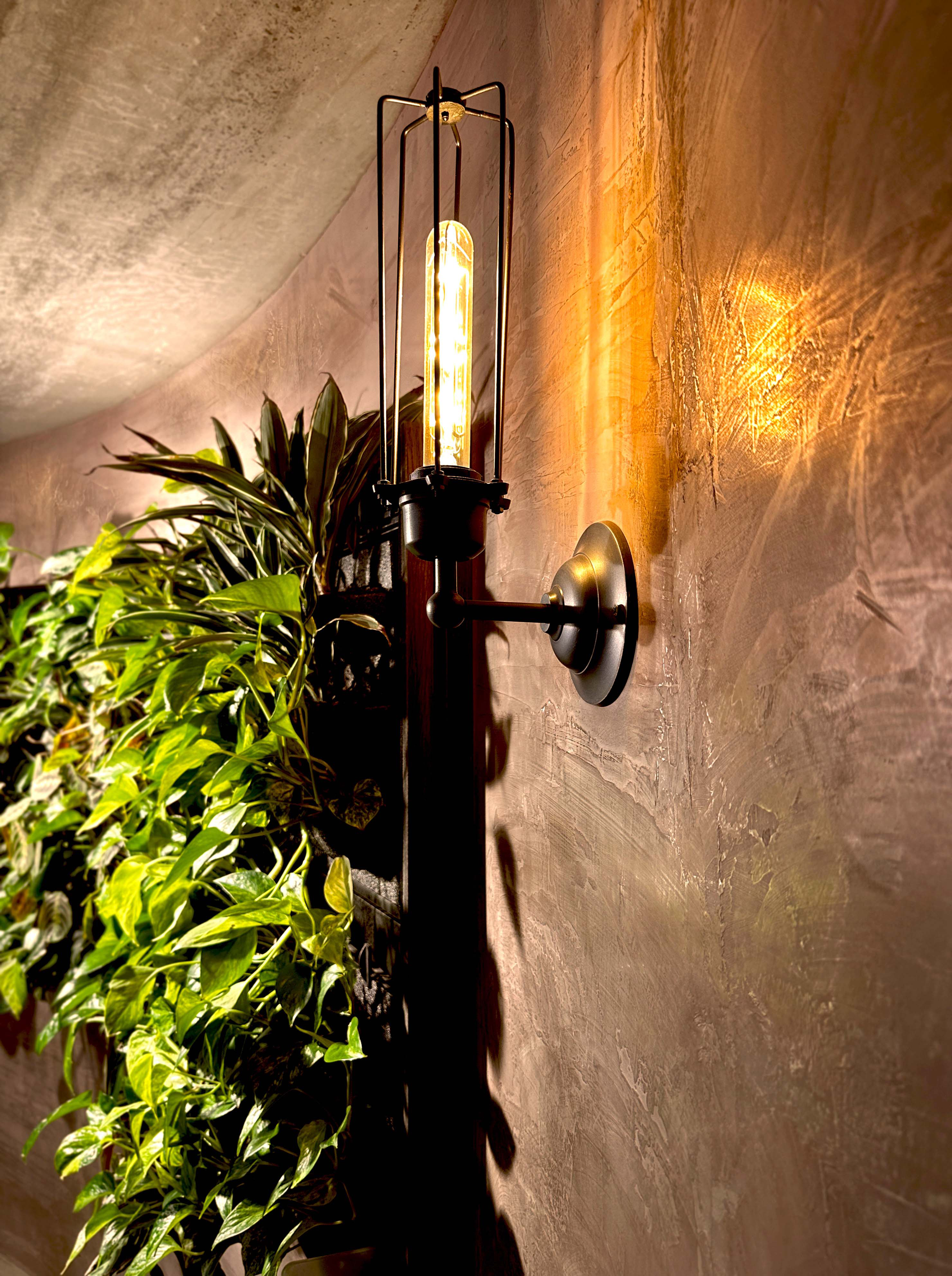



By Sophie Bynam, Interior Architectural Designer
I’m not really one to put much store in trends - my view is if you like it, it’s in. But there’s an interiors style that’s everywhere right now that I’m completely on board with. And the ironic thing? This so called ‘hot trend’ is actually rooted in the past!
It’s called Natural History.
It’s all about materials that age with grace; clay, timber, stone, linen — essentially materials that wear in, not out. It’s a quiet rebellion against synthetic gloss and hard edges and a move towards softness, tactility and warmth. And it couldn’t be landing at a better time.
Why It feels right to me.
This is exactly my vibe. I’m a tactile person – it makes sense for an interior designer to want to reach out and touch materials, right? Cushions in slubby fabrics, curved sofas, soft plaster walls - it all feels cocooning, nurturing, and very real.
And I think that’s why this aesthetic is striking such a chord right now; when we’re bombarded by pings, dings and demands we look to things that soothe us. And science backs this up, natural textures lower cortisol and help us feel calm, grounded and safe. This trend isn’t just about looking good, it’s about feeling good too.
What It Looks (and Feels) Like
This style is less 'statement piece', more...and breathe. it’s about warmth, flow and materials you have to touch.
- Textured limewash or soft plaster walls
- Honed stone and timber you want to stroke
- Furniture in boucle, wool, rattan and linen
- Colours pulled from nature: mushroom, ochre, clay, tobacco
- Curves and flow — no harsh corners, no sterile minimalism
We brought this to life at Les Sapins — a family home layered with polished plaster, timber and natural textures, where every surface invites touch. It’s luxurious without trying too hard.
Our own A7 studio is another example. Raw concrete, dark wood, soft curves, and a living green wall that breathes life into the space. When people walk in, they instantly relax. You can see it in the faces.
Even commercial projects like Wheels & Co — a bike shop and community hub — show how Natural History works in public spaces. Clay-painted walls, OSB panels, warm woods and low lighting make it feel equal parts shop and cool place to hang.
Guide to Natural History
If you want to explore this look, here’s where I’d start:
- Swap harsh white paint for a warm, mushroomy clay
- Add one plaster feature wall (easier than you think)
- Ditch glossy surfaces for mattes and honed finishes
- Layer textures: linen, boucle, soft wools, brushed metals
- Blend old and new — A vintage wooden bench with a modern curved sofa? Perfect
- Contrast is key — soft linen against aged brass. Raw timber beside polished stone. Nothing too matchy matchy.
- And most importantly: don’t rush it. This look evolves.
For me, beautiful design starts with a simple test — do you want to touch it? If not, it’s probably not right.
This is not about chasing an aesthetic, it’s about curating and creating spaces with touchable textures, and materials that simply become more beautiful as they age.
Want to create your version of Natural History? Let’s talk


